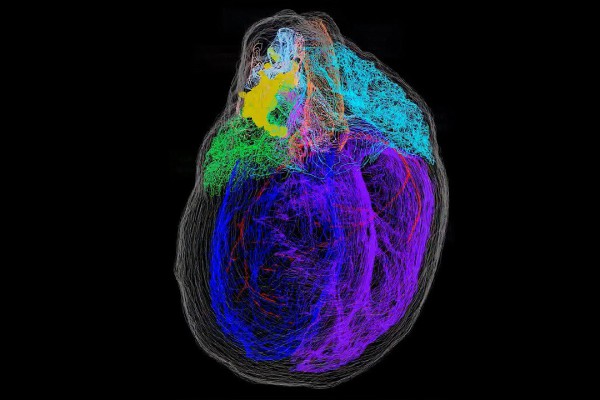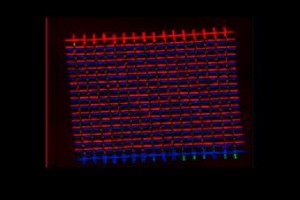Unprecedented 3D Synapse Imaging to Combat Neurodegenerative Diseases
Researchers developed one of the most comprehensive 3D models of the synapse, the neuron juncture crucial for intercellular communication. This breakthrough allows an unprecedented view of the complex interactions between individual cells at the synapse, offering fresh insights into neurodegenerative diseases such as Huntington’s disease and schizophrenia.
The team used this novel approach to compare healthy mice brains to those with the Huntington’s mutant gene, revealing structural flaws potentially disrupting cellular communication. The researchers believe this technique could significantly advance our understanding of various neurodegenerative and neuropsychiatric diseases.
- The team employed advanced techniques such as multiphoton microscopy and serial block-face scanning electron microscopy to develop the high-resolution 3D models.
- The researchers’ focus was on synapses involving medium spiny motor neurons, whose progressive loss is a defining characteristic of Huntington’s disease.
- This study revealed the crucial role of astrocytes, brain support cells, in maintaining the proper chemical environment at the synapse, and how their dysfunction can disrupt this balance and lead to neurodegenerative diseases.
Scientists have created one of the most detailed 3D images of the synapse, the important juncture where neurons communicate with each other through an exchange of chemical signals.
These nanometer-scale models will help scientists better understand and study neurodegenerative diseases such as Huntington’s disease and schizophrenia.
The new study appears in the journal PNAS and was authored by a team led by Steve Goldman, MD, Ph.D., co-director of the Center for Translational Neuromedicine at the University of Rochester and the University of Copenhagen.
The findings represent a significant technical achievement that allows researchers to study the different cells that converge at individual synapses at a level of detail not previously achievable.
“It is one thing to understand the structure of the synapse from the literature, but it is another to see the precise geometry of interactions between individual cells with your own eyes,” said Abdellatif Benraiss, Ph.D., a research associate professor in the Center for Translational Neuromedicine and co-author of the study.
“The ability to measure these extremely small environments is a young field, and holds the potential to advance our understanding of a number of neurodegenerative and neuropsychiatric diseases in which synaptic function is disturbed.”
The researchers used the new technique to compare the brains of healthy mice to mice carrying the mutant gene that causes Huntington’s disease. Prior research in Goldman’s lab has shown that dysfunctional astrocytes play a key role in the disease.




Related Posts